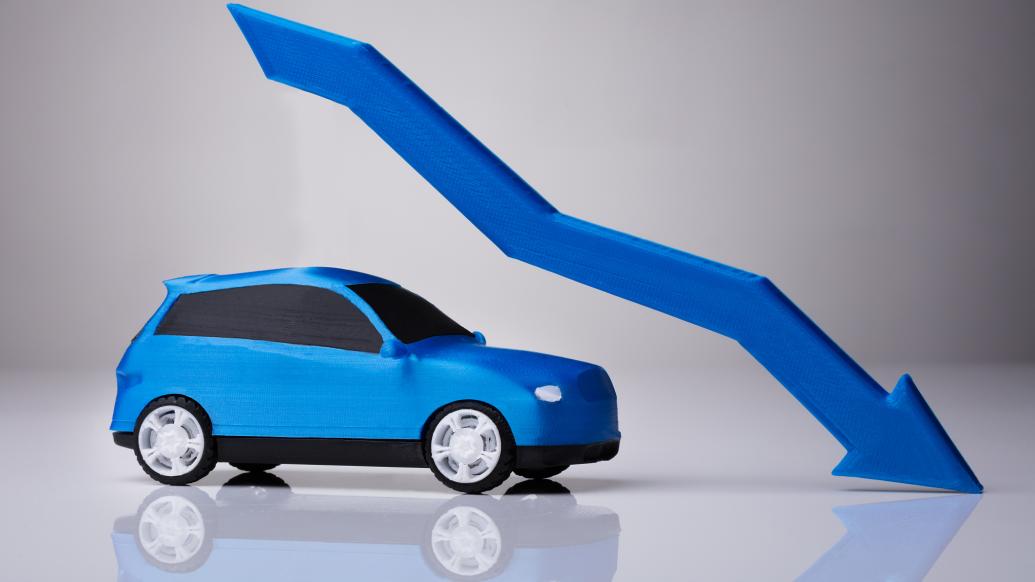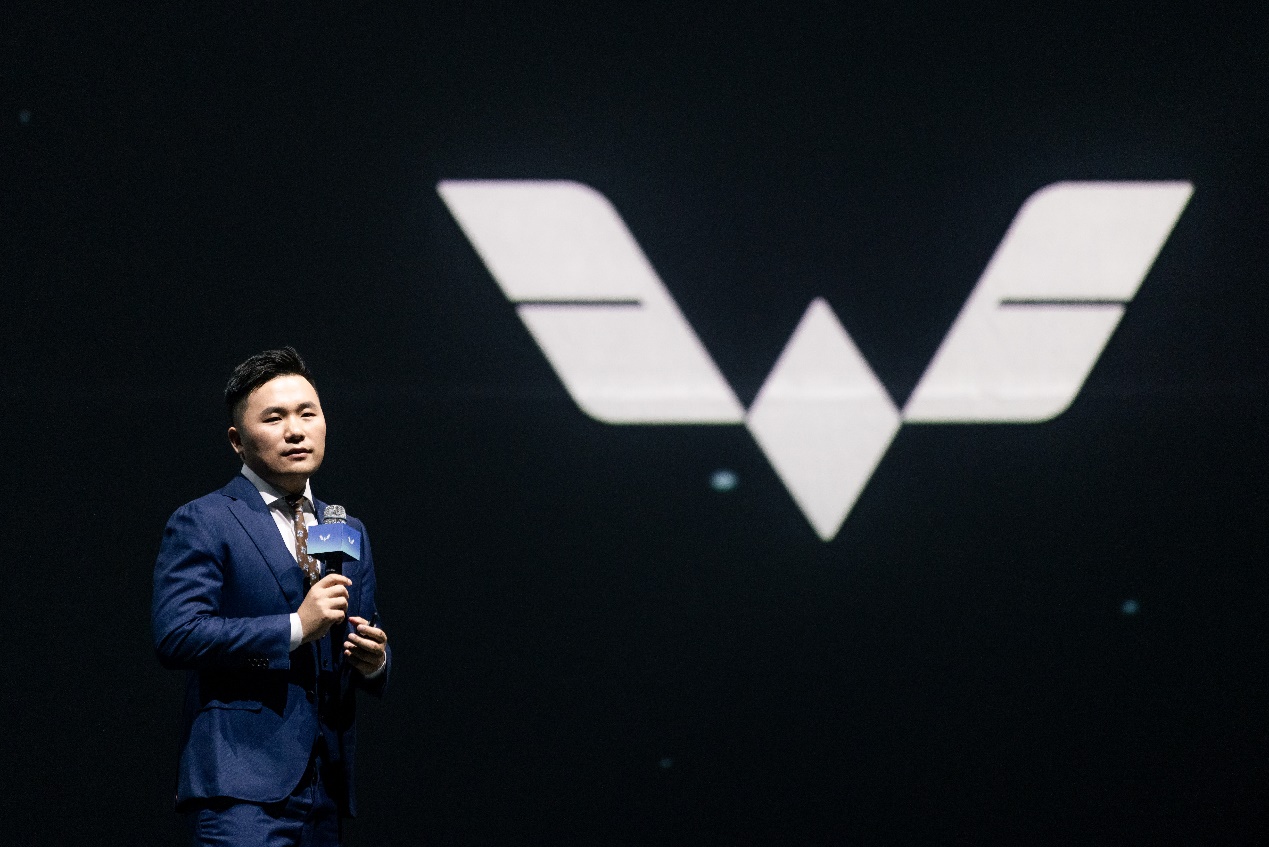
Under the rise of domestic brands, joint venture vehicles have lost their former strong appeal in China.
In the third-quarter reports from various car manufacturers that have been released, major domestic automotive groups have seen a significant drop in net profit, with the downturn primarily attributed to their joint venture subsidiaries.

According to the financial report, in the third quarter, SAIC Motor Corporation reported an operating revenue of 142.56 billion yuan, down 25.58% year-on-year; net profit was 280 million yuan, down 93.53%; and non-recurring net profit fell by 99.23% to 29.17 million yuan. For the third quarter of 2024, SAIC's accumulated sales reached 822,400 units, a decrease of 37.0% year-on-year.
In contrast to SAIC, which has managed to remain profitable, GAC Group has reported a loss for the third quarter. The financial report indicates that for Q3 2024, GAC achieved revenue of 28.23 billion yuan, down 21.73% year-on-year; its net loss reached 1.396 billion yuan, plummeting 190.4%, marking the largest single-quarter loss since its listing in 2010.
Analysts attribute these issues primarily to pressures on joint venture vehicle lines. According to the disclosures in the third quarter financial reports, investment income from GAC’s joint ventures and partnerships fell from 7.07 billion yuan in the same period last year to 2.26 billion yuan.
The painful transition is affecting every traditional enterprise, and it is particularly challenging for larger companies. All are actively taking measures. Earlier this year, SAIC Volkswagen, SAIC General Motors, and SAIC Passenger Vehicles adjusted their core management teams and introduced "limited-time fixed-price" policies for some brands to stabilize their sales.
Each of SAIC Group’s joint venture brands has proposed new reform directions: SAIC Volkswagen aims to “boost fuel vehicles, stabilize electric vehicles, and elevate Audi”; SAIC General Motors focuses on “building confidence, seeking survival, and pursuing development”; while SAIC-GM Wuling plans to “move up the brand, increase vehicle pricing, and enhance profits.”
It’s not just joint venture brands; under the rise of domestic brands, GAC’s homegrown brands seem to be going in the opposite direction. For instance, GAC Aian has not yet penetrated the family car market; in the first three quarters of 2024, GAC Trumpchi's sales totaled 277,000 units, down 6.41% year-on-year.
To boost sales for GAC Trumpchi, GAC plans to launch three models in the first half of 2025 in collaboration with Huawei, equipped with the Huawei Harmony cockpit and QianKun intelligent driving ADS 3.0 system.
Simultaneously, GAC is continuously exploring overseas markets, with several models having already entered Central Asia, Southeast Asia, and the Americas.
Large automotive groups have substantial foundations and relatively complete R&D capabilities. Therefore, despite the not-so-rosy third-quarter reports from SAIC and GAC, many institutions still express a long-term bullish outlook on their development. Regarding SAIC Group, analysts generally believe that while the group’s joint brands are under short-term pressure, the performance of its domestic new energy and overseas expansion sectors suggests a more optimistic view. For GAC Group, while profitability is under short-term strain, there are expectations for a turnaround through overseas expansion of its homegrown brands, intelligent transformation, and recovering sales.


